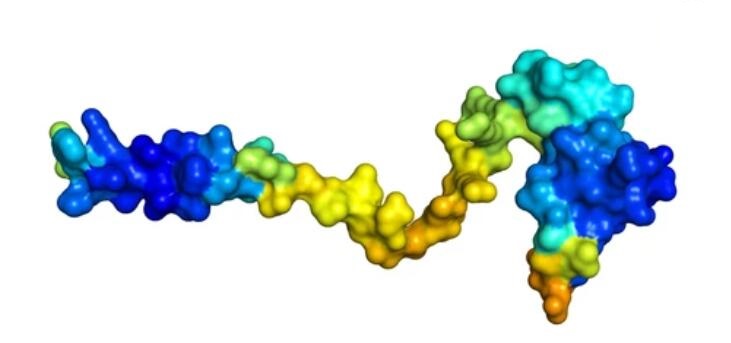The yeast expression system is a highly efficient exogenous protein expression system that has been widely used to express and produce a variety of exogenous proteins. The signal peptide on the expression vector can guide the secretion of exogenous proteins well which brings convenience to the isolation and purification of the expressed proteins.

To meet your research needs, Lifeasible uses yeast signal peptide screening to verify the secretory function of signal peptides. The CDS region or signal peptide region of the gene which carrying the signal peptide is constructed into a suitable vector. A functional signal peptide ligated to the sucrose convertase gene of pSUC2 restores the secretory function of sucrose convertase, allowing the YTK12 strain to grow on cottonseed sugar-deficient medium as a carbon source. In addition, the TTC chromogenic reaction was used to verify the results obtained from the screening.
| Yeast strains | YTK12 lacks the sucrose convertase gene and does not grow on media with sucrose as the only carbon source. |
| Vector plasmid | pSUC2 contains a tryptophan synthesis gene and a sucrose convertase gene (SUC2) which is missing the signal peptide and the start codon ATG. |
The experimental protocol we provide
General service flow
You will need to provide the gene CDS sequence and template, and Lifeasible will carry out the project according to your customized protocol. We will deliver detailed raw data, images of results, and standard lab reports to help you with your research. Please feel free to contact us for your exclusive proposal.